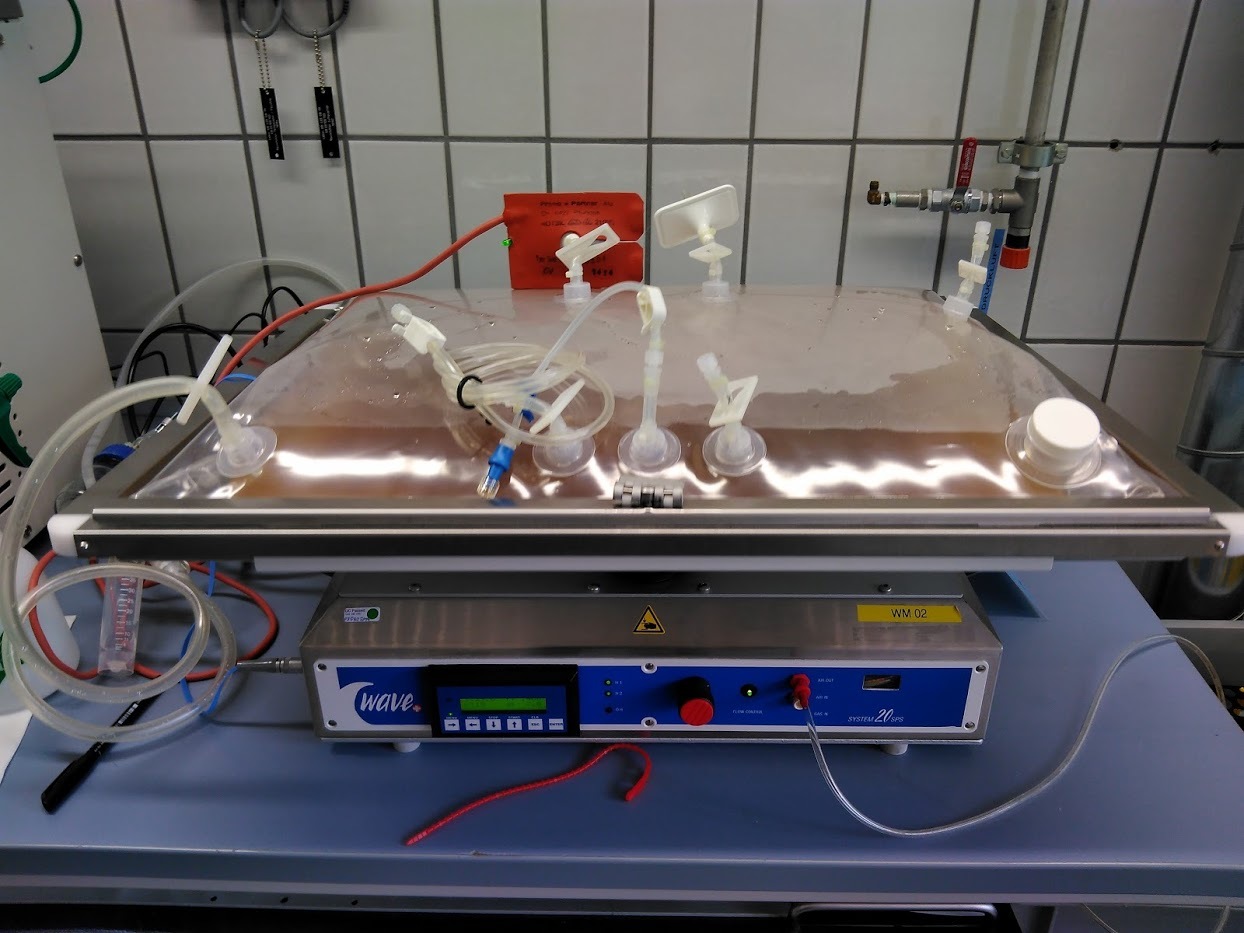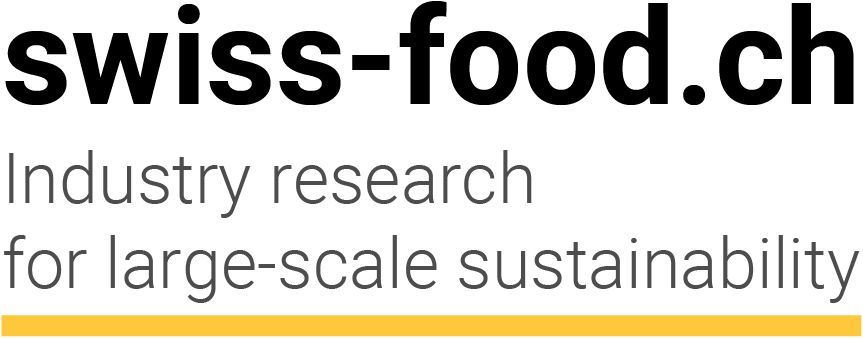
Sustainable food from the bioreactor
Feed more people and waste less raw materials – we are achieving this goal thanks to "sustainability from the laboratory," Tilo Hühn is convinced. Together with a team of 80 at the Zurich University of Applied Sciences (ZHAW), the food architect is researching sustainable nutrition solutions. In the Deep Technology Podcast he talks about current trends, artificial intelligence and why eating out of the bioreactor is mainly about new thought patterns.
Wednesday, March 9, 2022
Meat substitute products are on the trend. Thanks to technological progress, there is now almost nothing we have to do without in terms of taste and texture. Meanwhile, the products from the laboratory come deceptively close to the "original". One example is genetically modified meat substitute products: Through the addition of hemoglobin, the protein of red blood cells, the plant alternatives taste deceptively real after meat. "I could confuse these products with my grandmother's meatballs," said Tilo Hühn.
Sustainable food from the tank
And it is not only meat that will come from the reactor in the future, the researcher is convinced. In his laboratory, he already produces vegetable foodstuffs suchas wine and chocolate in a process known as Cellular Agriculture. After just one month, for example, cell mass can be harvested on the basis of cocoa beans and a product reminiscent of chocolate can be derived from it. The cells themselves are completely natural. They are only multiplied by a certain cultivation in the bioreactor. This protects the environment: Transport routes are eliminated, as are problems such as heavy metal pollution and child labor. Products from the laboratory require significantly less resources and do not pollute the soil. Tilo Hühn therefore has many advantages in cell-based food production – even though it is still comparatively expensive today.

Initiating new thinking processes
However, the food architect does not want to completely replace natural production with reactor work, nor does he want to make farmers destitute. Rather, he sees the technological possibilities as an opportunity to initiate new ways of thinking. Sustainability from the laboratory means thinking about sustainability comprehensively. In concrete terms, Tilo Hühn is looking for a kind of "culture production plant", which – similar to a brewery – cultivates cultures and can scale up cultures on a scale of tons if necessary. He also found particularly great potential in the food industry 4.0.: By linking the "laboratory" with the "factory", completely new possibilities arise. "Our vision is to use sensor technology with the possibilities of modern automation," said Hühn. In the future, for example, raw material fluctuations can be better compensated for in so-called "Labtorys" (Note: from laboratory and factory). The goal is to reduce food waste. The researcher also sees an interesting future in the field of "reverse engineering": Thanks to data analysis, it is increasingly possible to trace how errors have occurred in a product or why certain products are particularly well received by consumers.
Wasting less food, feeding more people
Make more food for people and waste less – this is Tilo Hühns top priority: "We don't just want to standardize and 'downgrade' raw materials by processing them into biogas and feeding them to animals. He wants to harness technology to produce less food waste.
Moreover, food from the laboratory should be healthy and taste good – because "otherwise it will not be consumed," Hühn is convinced.
Because it is not only transport routes or production that pollute the environment. One of the biggest problems is the waste of food raw materials. We throw far too much away. According to the UN, the world population will grow to around 10 billion people over the next 30 years. In the future, two billion additional people will have to be supplied with food. "Sustainability from the laboratory" can help to meet this global challenge.
"We are in the digital revolution"
Digitalization and IT play a major role in the vision of wasting less and feeding more people in a healthy way in the future. Tilo Hühn is convinced of this. He sees that a great deal of computer technology and robotics is already being used in agriculture today. From drones that zoom in to the square centimeter range to scan and document plant diseases or dry damage, to self-propelled tractors that remove weeds or the use of robots in harvest and crop protection technology; the possibilities for more sustainable production are huge. "We are in the digital revolution," says the passionate developer, adding: "But we cannot yet be aware of how great the revolution really is."
The rights for the cover picture belong to the ZHAW Wädenswil.
Related articles

Residues, thresholds, trust – looking calmly behind the headlines
In this conversation with toxicologist Lothar Aicher, the discussion focuses on how residues enter the body, how their potential harm is assessed, and what role modern analytical methods play.

Hazard is not the same as risk: how we understand – and should understand – threshold values
In this episode of the podcast, risk researcher Angela Bearth discusses residues and threshold values in food – a topic often debated emotionally. In public discussions, threshold values tend to dominate, while the complex challenges of agriculture are rarely considered. Studies show, however, that once these relationships are explained and solutions are addressed, people respond in a more differentiated way.

PFAS, trade-offs and responsibility – how politics and agriculture find solutions
In this episode of the joint series by Agrarpolitik – der Podcast and swiss-food.ch, National Councillor Christine Badertscher discusses how residues and threshold values are debated in Parliament.

Thresholds, approvals, responsibility – how plant protection products are really assessed
Threshold values are often at the centre of public debate – yet in reality they are only a small part of a much broader risk assessment system. Dr Michael Beer, Head of the Food and Nutrition Division at the Federal Food Safety Office, provides clarity.

